Our staff hears it all the time when mentioning our line of work—“You know the U.S. is one of the worst countries regarding human trafficking, right?”
Let’s talk about this claim.
Before getting too deep, understand that data on human trafficking and modern slavery is still very limited. There are a couple of organizations that have worked hard to provide some estimates, but because of the large global scale and hidden nature of the crime as well as varying methods of surveying and defining, it is difficult to know how accurate the estimates are.
One of the consequences of limited hard data is that it feeds many myths around human trafficking. In the U.S. in particular, there seems to be a misconception either that there is no trafficking at all or that the U.S. is secretly harboring the majority of trafficking in the world.
Most likely, neither of these cases is true.
Here are some things we do know about human trafficking in the U.S.:
- The Global Slavery Index (GSI) estimated 1,091,000 people living in modern slavery in the U.S. in their 2023 report. Although this is a high number overall, it is high because the United States is a large and heavily populated country; but this number translates to 3.3 people per thousand, a relatively low prevalence compared with other countries.
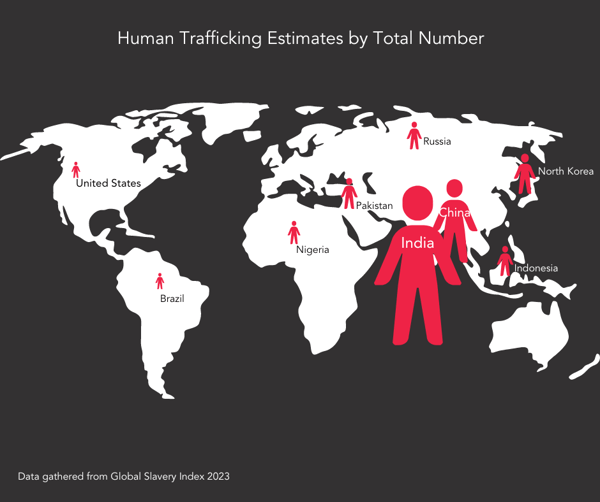
- Polaris Project counted 16,554 likely trafficking victims in the U.S. from cases reported to the National Human Trafficking Hotline in 2021.
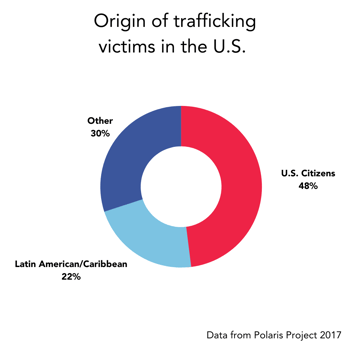
- In surveying trafficking victims in the U.S., Polaris Project reported 48% were U.S. citizens and 22% were from Latin America and the Caribbean.
- Migrant populations are some of the most vulnerable to human trafficking. Immigration authorities documented more than 118,000 migrant unaccompanied minors near the U.S.-Mexico border in the fiscal year of 2023. The New York Times detailed how the U.S. sponsorship process for these minors is often rushed and sponsors not properly vetted, leaving these minors at high risk of being trafficked.
Is the U.S. the top destination for trafficked individuals?
In researching for this article, I found many claims that the U.S. is one of the top, if not the top destination for people being trafficked, but I did not find any reports to back this claim. Several of these claims cited the U.S. TIP Report, of which the 2023 report states, “The top three countries of origin of victims identified by federally funded providers in FY 2022 were the United States, Mexico, and Honduras.” Although this sentence does not specify whether it refers to victims identified globally or nationally, it is listed under the United States specific trafficking page and not on the overall global report, implying the latter.
That this claim refers to nationally identified victims makes sense in accordance with other data such as the UNODC human trafficking report.
How do these numbers compare to the rest of the world?
- Globally, the GSI estimates 50 million people living in modern slavery.
- The countries with the highest prevalence are North Korea, Eritrea, Mauritania, Saudi Arabia, and Turkey—all of which are estimated to have more than 15 people in slavery per thousand.
- The countries with the lowest prevalence are Switzerland, Norway, Germany, the Netherlands, and Sweden—all of which are estimated to have 0.5 or 0.6 people in slavery per thousand. The U.S. is closer to this end of the scale, ranking 122 out of 160 countries.
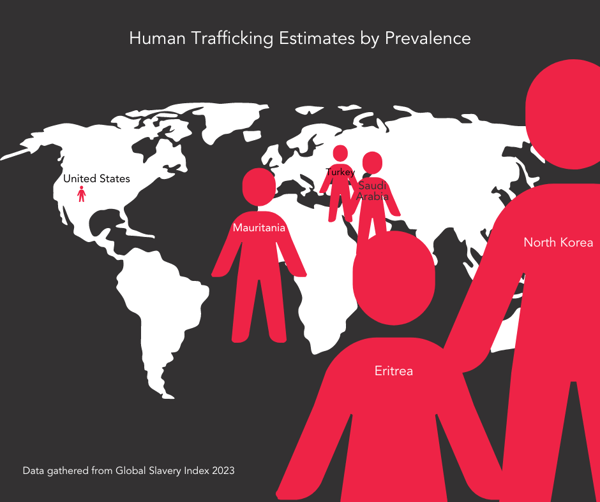
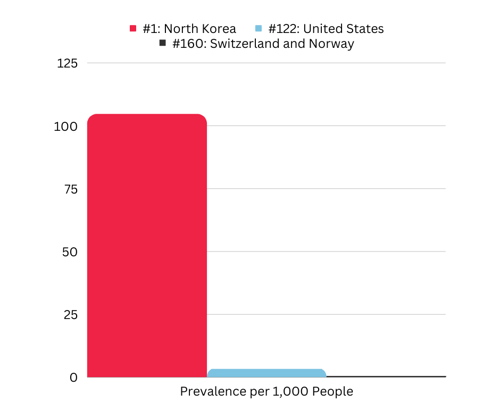
- The Asia/Pacific region ranks highest in total number of people in modern slavery, with 29.3 million people estimated.
- The U.K. ranks top of the list for the strongest government response rating, followed by the U.S., Australia, the Netherlands, and Portugal—all tied for second.
- The countries with the weakest government response ratings were North Korea, Eritrea, Iran, Libya, and Somalia.

Considering this global context, ultimately the U.S. is marked by a relatively low prevalence of trafficking and an extremely strong government response rating.
We believe that all people are created equal; U.S. citizens are not of any higher value than citizens of other countries or undocumented peoples. Therefore, it makes sense to first target the areas where we can be most effective.
This is not to discredit the issue of human trafficking in the U.S. or to devalue the suffering of any individuals facing trafficking in the U.S.—even with a strong government response, there are plenty of areas for improvement—but rather to dispel American exceptionalism and to provide more understanding for the global nature of this crime.
John Molineux, LJI’s founder and CEO, wrote recently on this topic:
“Even one child being trafficked is too many, since each is as precious in God’s sight (and therefore in fact) as the person each of us loves most, but that is all the more reason to make the greatest impact we can with our resources!”
We are always working on expansion and innovative methods to increase our reach, and we remain open to starting work in the U.S. one day—but we prioritize making the greatest impact.
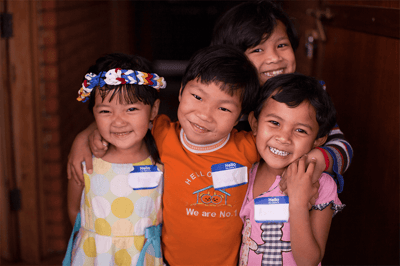
Currently, we have a greater impact for every dollar spent in some of the more impoverished countries. In the last six months, it has cost LJI less than $150 total to prevent one life from being trafficked.
Our Project Beautiful community makes these stories of freedom possible! All it takes to join is giving through the button below. We’ll share real stories from recently intercepted individuals that your dollars helped keep free each month.
*This article was originally published on our site on September 7, 2023, but has been updated to match the most current data as of October 2024. All data and statistics current at the date and time of publishing.


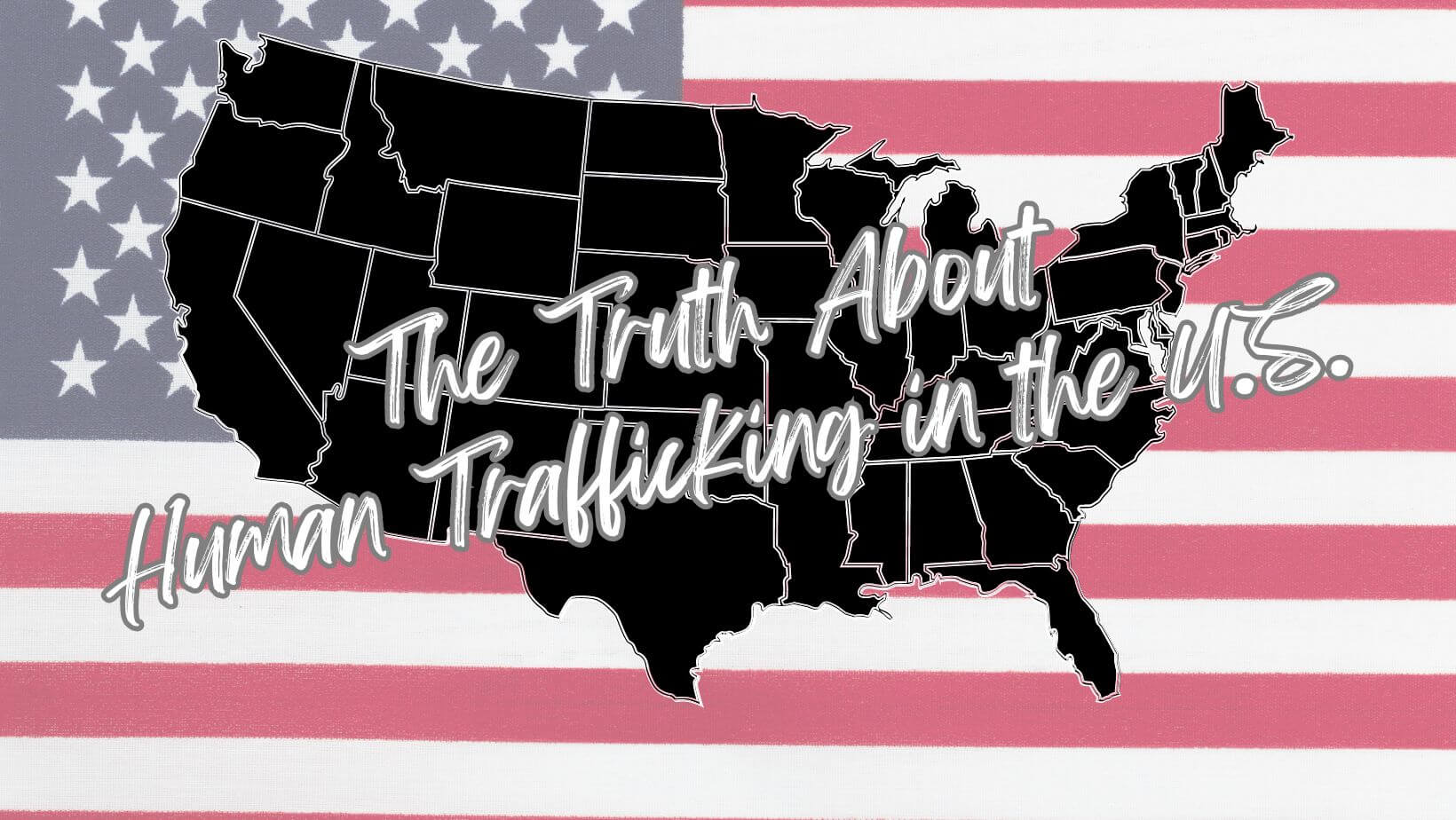

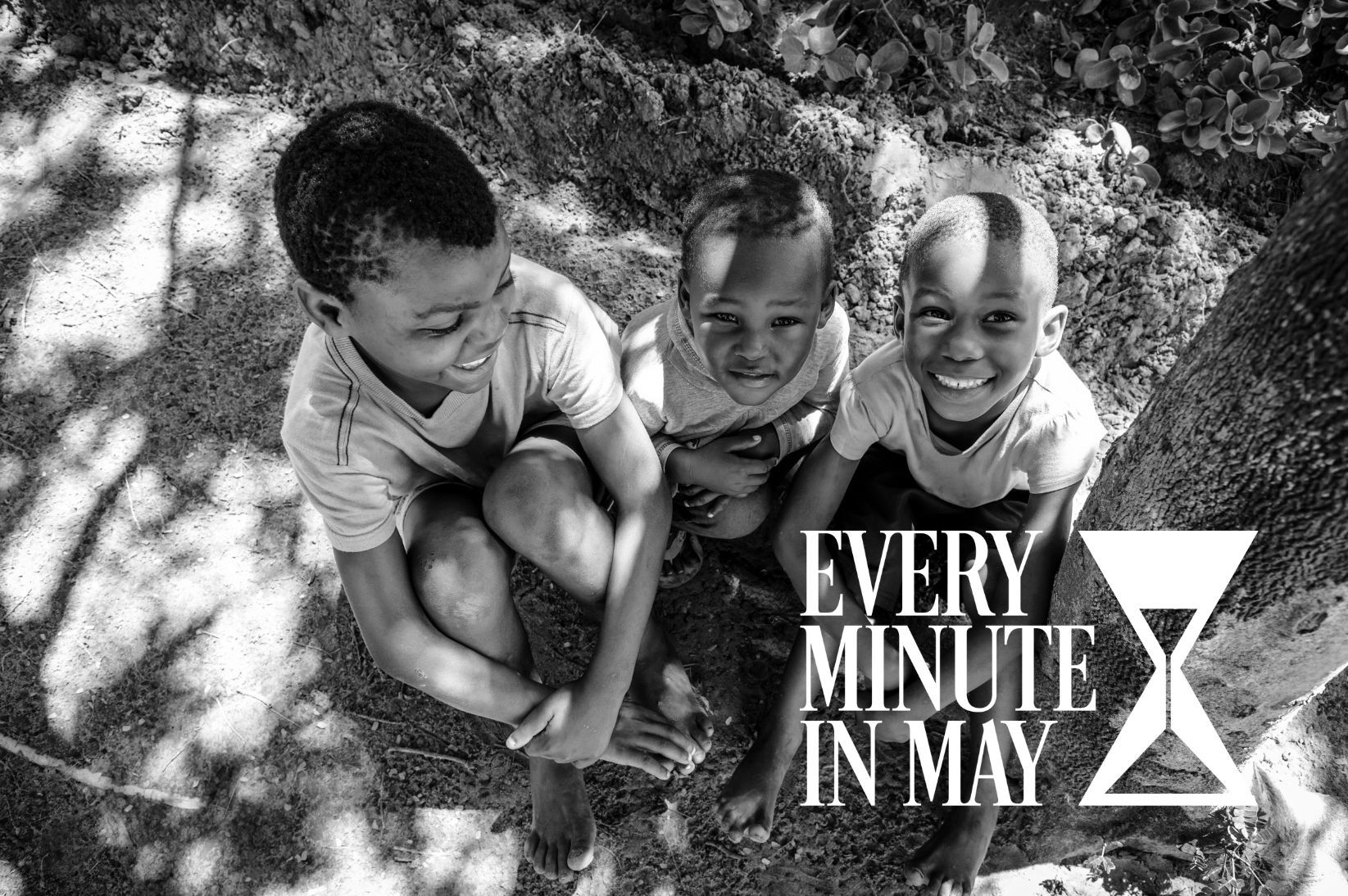
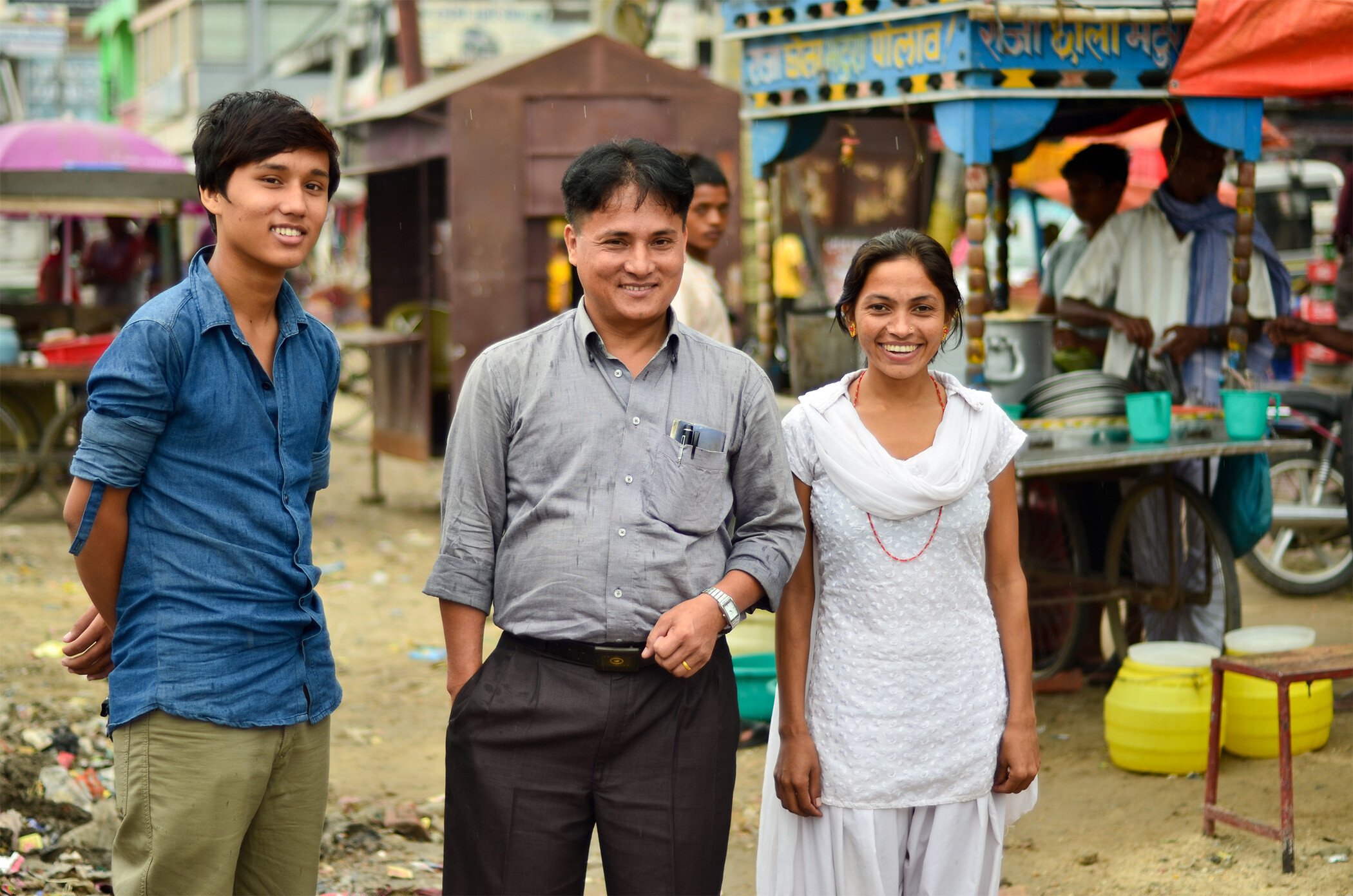

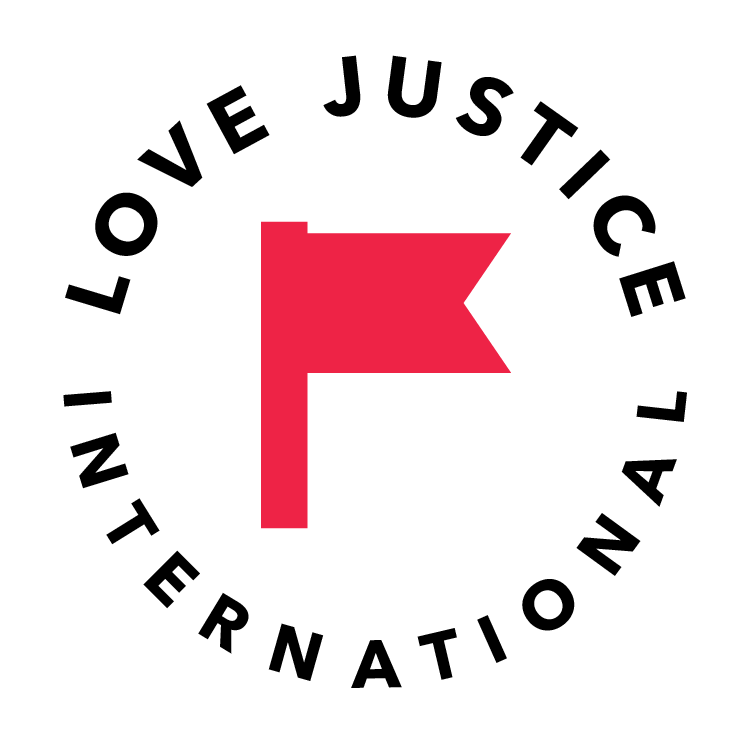
Submit a Comment